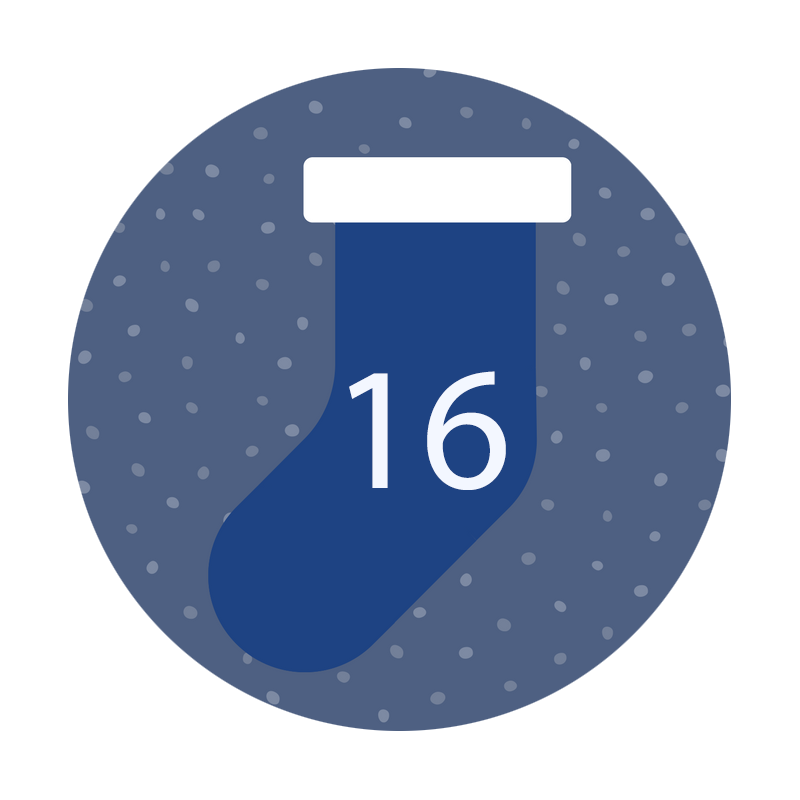
EduCare Advent Care-ndar – Day seventeen
Turkey, salmon or nut roast? What are you having for Christmas day? Whatever you choose, make sure you heat, defrost or reheat carefully. On day 17 of our Advent
Food Danger Zone
Bacteria can multiply at temperatures between 5°C and 63°C. Anything between these two temperatures is called the DANGER ZONE. If the temperature is colder than 5°C, pathogenic bacteria either multiply very slowly or not at all. If the temperature is higher than 63°C, pathogenic bacteria will not multiply. Multiplication will be greater in the middle of this temperature range. Their preferred temperature is 37°C (human body temperature).
Food, especially high-risk or perishable food, should be kept out of the danger zone as much as possible.
The temperature of food may enter the danger zone when:
- it is left to stand in a room
- it is left in sunlight
- it is heated slowly
- hot and cold foods are combined (e.g. hot sauce on cold food).
The 3 basic rules to remember are:
- When hot food is cooled before refrigeration, it will pass through the danger zone during cooling. Hot food should be cooled within 1½ hours of cooking.
- Keep cold foods really cold.
- Keep hot foods really hot.
Supporting these three basic rules are the following guidelines.
- Keep perishable food in the fridge until it is needed.
- Food must be cooked thoroughly (centre temperature of 75°C).
- Hot food must be served at 63°C or hotter.
- If you have to cool hot food, do it as rapidly as possible so it passes through the danger zone temperatures quickly. To cool hot food quickly, you can use a blast chiller, stir it frequently, divide it up into smaller portions, place it in cold water or a colder place, such as a larder.
- Frozen food should ideally be thawed in the refrigerator or thawing cabinet so that the outside of the food won't reach the danger zone temperature while the inside is still frozen. This can take a long time, so large joints of meat or poultry can be thawed at room temperature in a clean area to prevent contamination.
- If food has to be re-heated, make sure that the temperature at the centre reaches at least 82°C.
- Do not prepare food too far in advance.
Enjoy your Christmas meal whatever you choose and don’t forget to come back tomorrow for more seasonal Duty of Care advice.
Poll: What are you having for Christmas?
Return to news.png)


